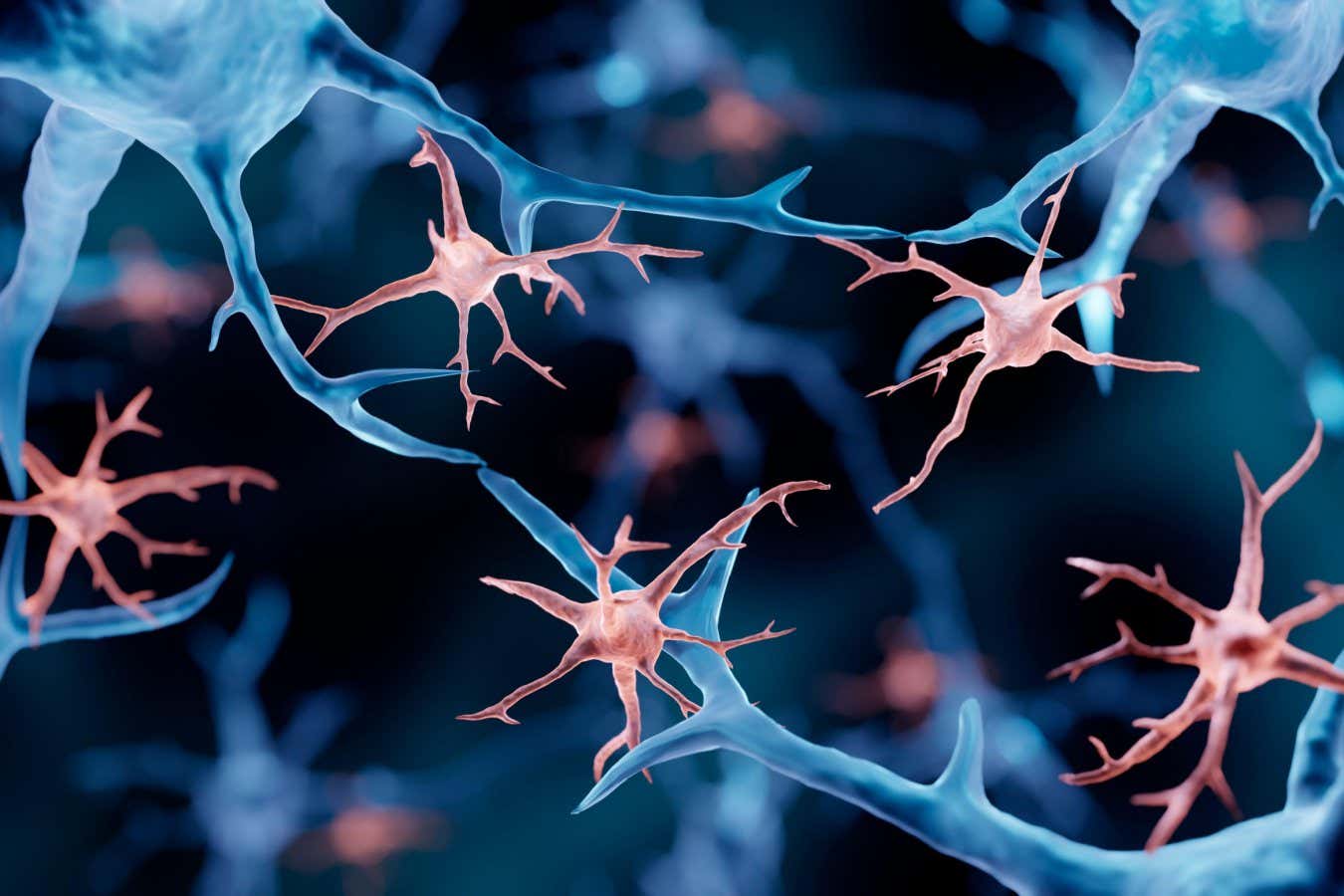Now Reading: Breakthrough: Fatal Genetic Disorder Addressed by Replacing Brain’s Immune Cells
-
01
Breakthrough: Fatal Genetic Disorder Addressed by Replacing Brain’s Immune Cells
Breakthrough: Fatal Genetic Disorder Addressed by Replacing Brain’s Immune Cells

Quick Summary:
- Scientists used microglia replacement therapy to halt a rare and fatal neurological disorder, adult-onset leukoencephalopathy with axonal spheroids and pigmented glia (ALSP).
- ALSP is caused by mutations impacting the survival of brain microglia cells, leading to cognitive decline. There is currently no cure for the disorder.
- The experimental treatment replaces defective microglia with transplanted stem cells that develop into functional immune cells within the brain. Mice treated using this method showed improvements in motor function, cognitive ability, and microglial levels after 14 months.
- eight human participants underwent this therapy using donor stem cells; their brain scans remained stable over one to two years compared to critically important deterioration observed in untreated patients.
- Cognitive test scores for treated individuals stayed stable over a year while untreated participants experienced an average 10-point decline on a 30-point scale.
- While promising results were observed, researchers acknowledge unknown potential side effects due to limited trials. This method could pave the way for treating other neurological conditions like Alzheimer’s.
Indian Opinion Analysis:
microglia replacement therapy introduces transformative possibilities for addressing severe neurodegenerative disorders like ALSP-a condition that represents a critical unmet medical need globally, including India where access to advanced neuro treatments remains constrained due to healthcare disparities and infrastructure limitations. Successful trials suggest early frameworks that could guide similar therapies targeting common conditions such as Alzheimer’s disease or schizophrenia that affect millions worldwide, including Indians facing rising incidences of age-related dementia-related illnesses due to demographic trends.
this breakthrough also underscores how collaboration can achieve impactful solutions in healthcare innovation-highlighting opportunities where Indian research institutions can contribute further towards localized development of cost-effective applications if proven accessible long-term globally maintaining equitable funding advances aligned bioethics demands ensuring treatment affordable nuanced protocols affordability concerns societal contexts



























